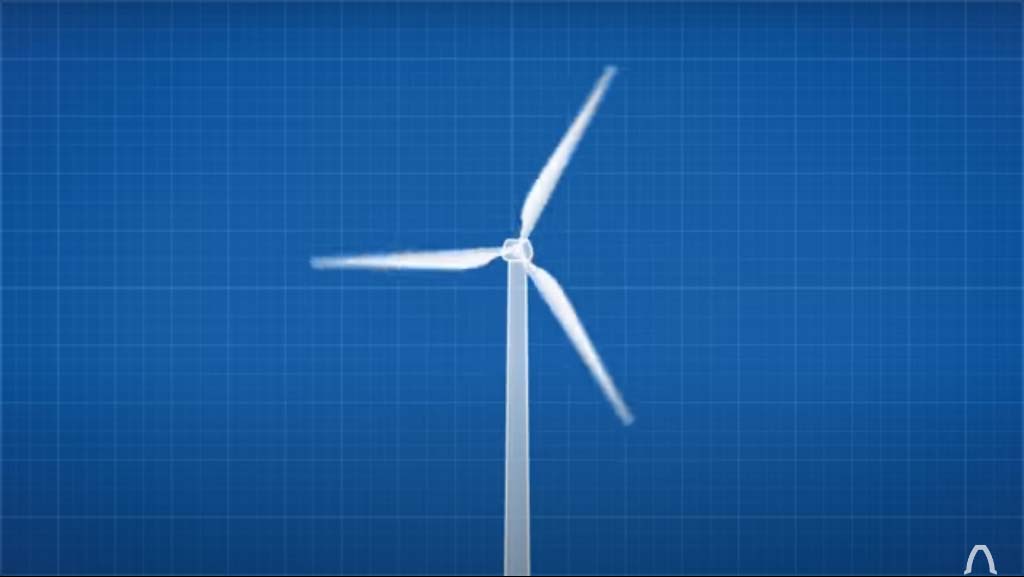
Īny wind blowing above the survival speed damages the turbine. If the rated wind speed is exceeded the power has to be limited.Ī control system involves three basic elements: sensors to measure process variables, actuators to manipulate energy capture and component loading, and control algorithms that apply information gathered by the sensors to coordinate the actuators. The cut-in speed is around 3–4 m/s for most turbines, and cut-out at 25 m/s. Because power increases as the cube of the wind speed, turbines have must survive much higher wind loads (such as gusts of wind) than those loads from which they generate power.Ī wind turbine must produce power over a range of wind speeds. The centrifugal force on the blades increases as the square of the rotation speed, which makes this structure sensitive to overspeed. Rotation speed must be controlled for efficient power generation and to keep the turbine components within speed and torque limits. Wind turbine aerodynamics at the rotor surface exhibit phenomena that are rarely seen in other aerodynamic fields. The way that energy is extracted from the air also causes air to be deflected by the turbine. The air flow at the blades is not the same as that away from the turbine.

The aerodynamics of a horizontal-axis wind turbine are not straightforward. Turbines must also be integrated into power grids.īlade shape and dimension are determined by the aerodynamic performance required to efficiently extract energy, and by the strength required to resist forces on the blade.

In addition to the blades, design of a complete wind power system must also address the hub, controls, generator, supporting structure and foundation.

This Betz' law limit can be approached by modern turbine designs which reach 70 to 80% of this theoretical limit. In 1919, German physicist Albert Betz showed that for a hypothetical ideal wind-energy extraction machine, the fundamental laws of conservation of mass and energy allowed no more than 16/27 (59.3%) of the wind's kinetic energy to be captured. An installation consists of the systems needed to capture the wind's energy, point the turbine into the wind, convert mechanical rotation into electrical power, and other systems to start, stop, and control the turbine. Wind turbine design is the process of defining the form and configuration of a wind turbine to extract energy from the wind. Process of defining the form of wind turbine systems An example of a wind turbine, this 3 bladed turbine is the classic design of modern wind turbines Wind turbine components : 1- Foundation, 2- Connection to the electric grid, 3- Tower, 4-Access ladder, 5- Wind orientation control (Yaw control), 6- Nacelle, 7- Generator, 8- Anemometer, 9- Electric or Mechanical Brake, 10- Gearbox, 11- Rotor blade, 12- Blade pitch control, 13- Rotor hub


 0 kommentar(er)
0 kommentar(er)
